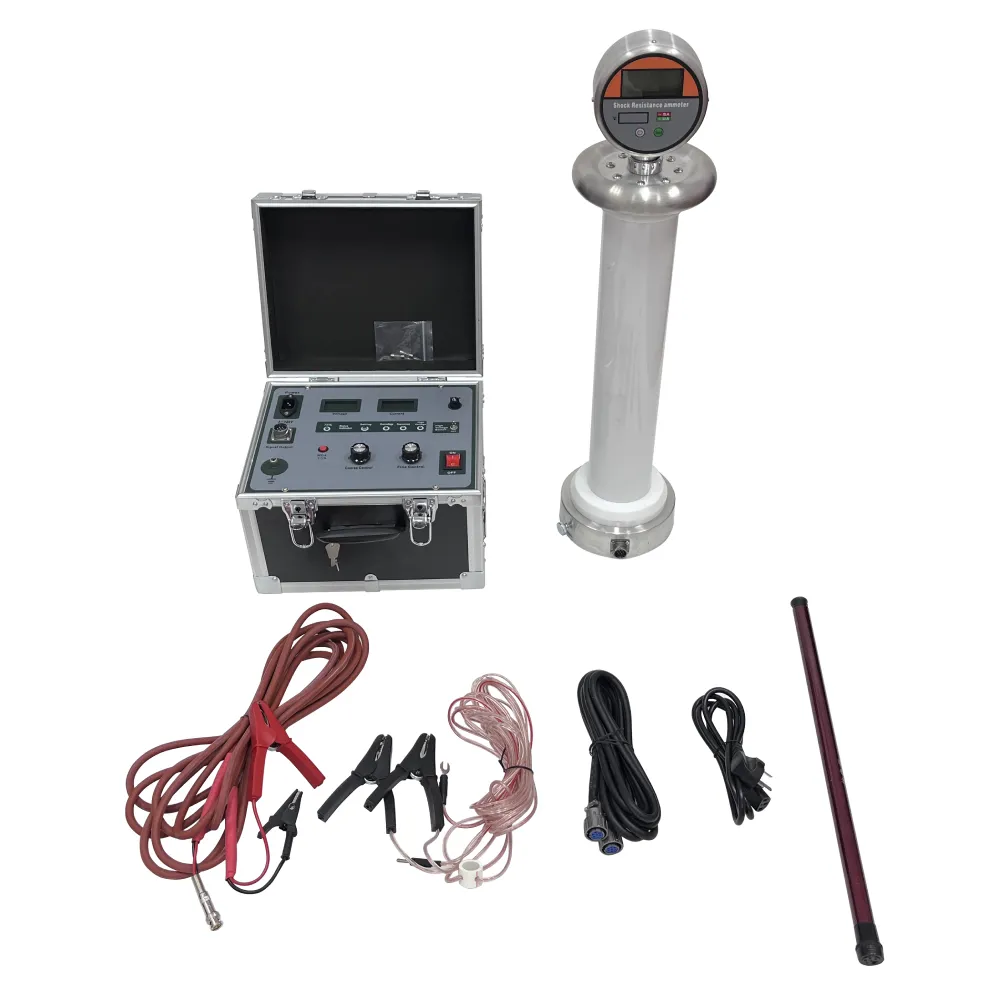 English
English


lightning impulse test on transformer
Lightning Impulse Test on Transformers Ensuring Reliability and Safety
Transformers are critical components in electrical power systems, tasked with stepping voltage levels up or down to ensure efficient power distribution. However, their operation is often jeopardized by external factors such as lightning strikes. To mitigate the risks associated with such episodes, the lightning impulse test is employed to assess a transformer's robustness against high-voltage transients.
The lightning impulse test simulates the effects of a lightning strike on electrical equipment. It is designed to evaluate the insulation strength of transformers under extreme conditions. During the test, a high-voltage impulse is applied, which mimics the fast rise and relatively short duration of a lightning discharge. This process is crucial for understanding how well a transformer can withstand voltage surges that may occur during adverse weather conditions.
Typically, the test involves generating an impulse voltage—usually 1.2/50 microseconds in duration—which is applied to the transformer terminals. The voltage increases rapidly, reaches a peak, and then decreases, effectively simulating the instantaneous nature of a lightning strike. The transformer’s insulation system must be able to withstand these surges without breaking down, meaning it must maintain its dielectric integrity under such conditions.
lightning impulse test on transformer

This testing procedure is not only critical for ensuring safety but also plays a significant role in extending the life of transformers. By identifying potential weaknesses in insulation materials and design, manufacturers can make informed decisions about improvements and upgrades. This preemptive approach helps to prevent future failures which could lead to costly downtimes, extensive repairs, or even equipment loss.
Moreover, regulatory standards require that transformers be tested for lightning impulse voltages before they are put into service. Compliance with these standards ensures that equipment not only meets safety protocols but also operates reliably in the field. Utility companies and equipment manufacturers alike prioritize these tests to foster confidence in the longevity and resilience of their assets.
In conclusion, the lightning impulse test on transformers is a vital procedure that safeguards electrical systems from the destructive forces of nature. By simulating lightning strikes, it provides critical insights into a transformer’s insulation performance, thereby enhancing the design and operational longevity of these essential devices. As the push for renewable energy and robust electrical grids continues to grow, the importance of rigorous testing methodologies like the lightning impulse test cannot be overstated. It is a pivotal aspect of ensuring the reliability and safety of the electrical infrastructure that powers our modern world.
-
Differences between open cup flash point tester and closed cup flash point testerNewsOct.31,2024
-
The Reliable Load Tap ChangerNewsOct.23,2024
-
The Essential Guide to Hipot TestersNewsOct.23,2024
-
The Digital Insulation TesterNewsOct.23,2024
-
The Best Earth Loop Impedance Tester for SaleNewsOct.23,2024
-
Tan Delta Tester--The Essential Tool for Electrical Insulation TestingNewsOct.23,2024





